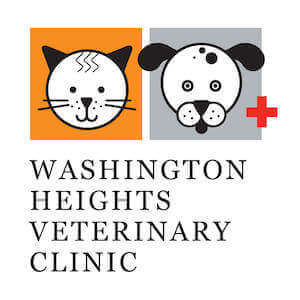Routine dental care is as important in animals as it is in humans. The pet owner plays a key role in their pet’s dental hygiene. Brushing your pet’s teeth as often as possible and/or using oral rinses and gels will significantly improve your pet’s oral health.
However, just like with people, pets will eventually need a professional teeth cleaning. This may be required yearly or may need to be performed less frequently, depending on your pet’s genetic makeup and response to home care.
The dental cleaning is performed in the same way on your pet as it is on you when you visit the dentist. The only difference is that your pet must be under anesthesia during the procedure. Once asleep, the procedure is the same.
The veterinary technician performs the teeth cleaning under the veterinarian’s supervision. This involves scaling all the tartar off of the teeth with an ultrasonic scaler and then polishing all of the teeth with a low-speed hand piece.
Once the teeth are cleaned, dental x-rays are taken with a digital dental x-ray unit much like the ones found in your dentist’s office. The veterinarian, who has been helping to monitor the patient while the technician has been cleaning, then interprets the x-rays and examines the mouth very closely. The doctor probes around the teeth to search for any pockets or other abnormalities.
If any extractions or other treatments are necessary, the veterinarian addresses them. The pet is then awakened from the anesthesia and is usually able to go home that same afternoon.
